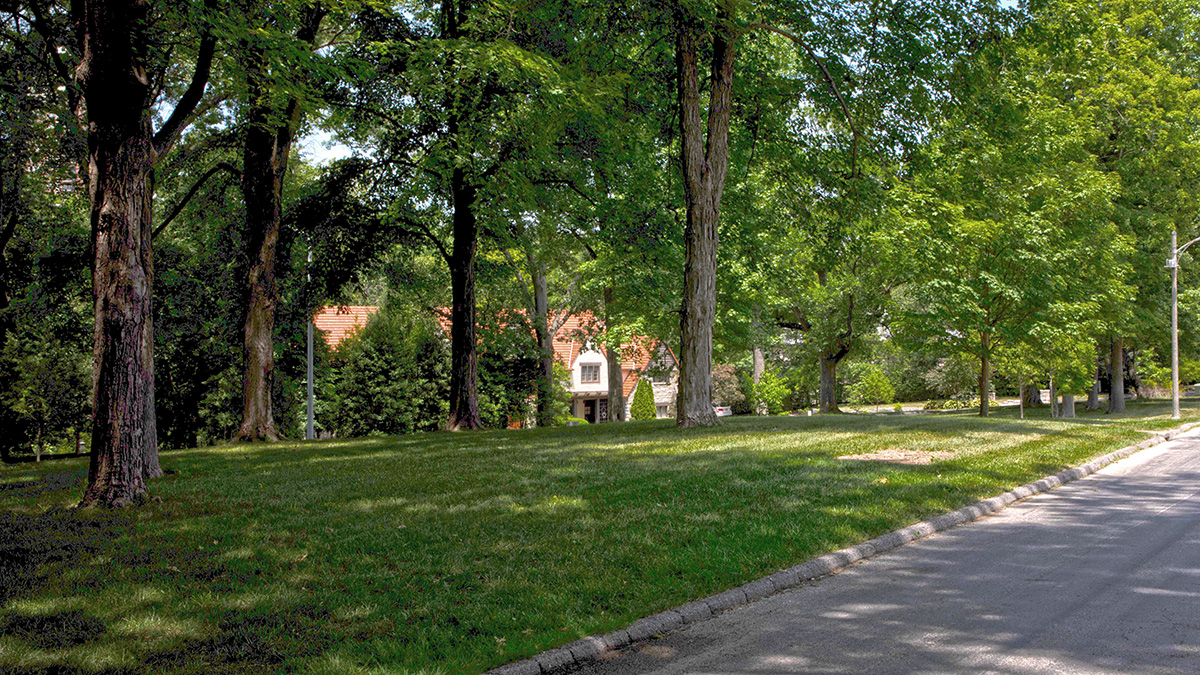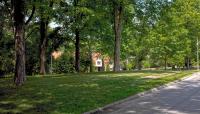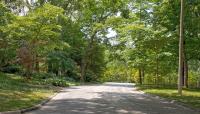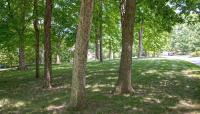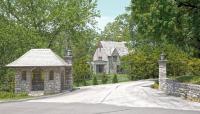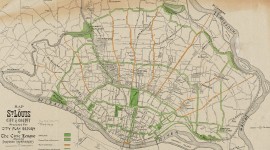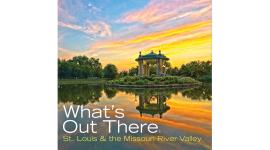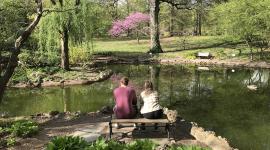Landscape Information
This suburb less than ten miles from downtown St. Louis was conceived by a coalition of St. Louis businessmen in 1921 and named for the late railroad tycoon Robert Carr, from whose land a tract was acquired for development. The coalition hired landscape architect Jens Jensen, who devised a 35-acre layout with a central oval drive interposed by an island median along its eastern curve with more than ten acres held in public trust by residents as common land.
Jensen’s Picturesque design encircles residential lots around a naturally formed hollow, with many homes occupying a commanding elevation. The main drive gently curves so that sightlines extend through the landscape rather than towards an expanse of road. Homes are oriented to avoid being directly opposite one another, thus insuring each residence the best possible scenic advantages. Jensen’s mostly native plant palette included hawthorn, crab apple, and sumac trees, along with other smaller ornamental trees that no longer exist. A strict neighborhood covenant dictated that a distance of fifteen feet, spanning from the drive to the front lawn of each house should be planted with trees to shade the drive and limit views to homes from the street. The remainder of the lawn frontage was left open intended to serve as a clearing. The covenant also prohibited fences and gave instructions on the architectural styles and sizes of residences and the locations and styles of garages. Local architects Maritz and Young designed fifteen of the twenty-three homes in Carrswold. The neighborhood’s entrance is marked by twin stone piers topped with lights, as well as a stone pavilion originally intended as a trolley stop. The Carrswold Historic District was listed in the National Register of Historic Places in 1982.




